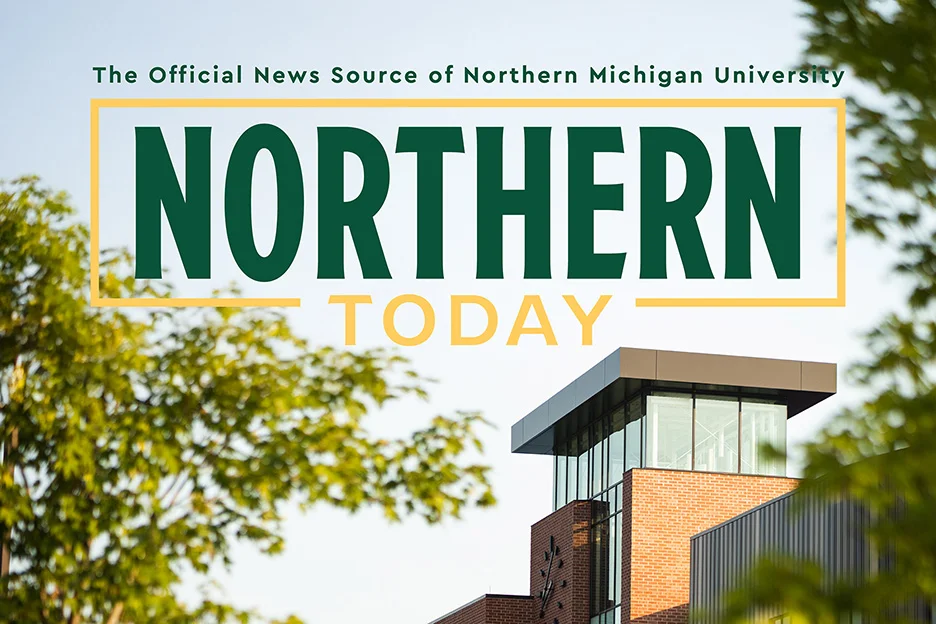Bear baiting—a harvest practice authorized in 12 states, two territories and eight provinces in North America—poses several potential risks, and associated mitigation measures have been inadequate, according to a study published in the PLOS One peer-reviewed scientific journal. The article focuses on Alaska, where more than 70% of National Park Service-managed lands and preserves are open to some form of hunting. The authors' goal is to use expert opinion to inform decision-making in that state and other areas where bear baiting is allowed.
Fourteen National Park Service technical experts and 28 non-NPS bear research and management biologists completed anonymous questionnaires on the practice of bear baiting. Their consensus is that baiting: is functionally equivalent to feeding bears; can lead bears to defend a bait station as they would a carcass; may condition animals to associate humans with food; alters bear natural behavior and the broader ecosystem, including impacting other wildlife species that consume the bait; and increases the likelihood bears will be killed in defense of life and property. The NPS experts considered the risks to human visitors in the moderate to high range.
“Bear baiting is more complicated when hunting and non-hunting activities occur in the same area,” said Diana Lafferty, associate professor of wildlife ecology at Northern Michigan University and lead author of the publication. “There are also challenges when there are overlapping jurisdictions with differing legal mandates that shape policies. For example, state agencies manage wildlife harvest, wildlife populations and hunters. The NPS prioritizes safeguarding natural ecosystem processes unaltered by human activities while providing visitor services and ensuring public safety.”
In Alaska, state regulations allow bear baiting with few restrictions on the type or amount of bait used. Individuals can register and maintain multiple bait stations in the same general area, but all must be located at least ¼ mile from roads and trails and 1 mile from cabins/dwellings. With limited road and trail access to and within Alaska National Park and Preserve, there is an increased chance of conflict between hunting and other activities.
Because experimental studies to quantify the risks to humans and bears associated with baiting are impractical, there was little existing data on the practice. Lafferty and colleagues from the University of Alaska-Fairbanks Department of Biology and Wildlife, and the National Park Service – Alaska Region surveyed experts and analyzed their opinions. The following are two open-ended responses from non-NPS bear biology experts.
“Bears are extremely food motivated, and quickly learn to associate food with people, or human-occupied areas. Bears that become conditioned to human-provisioned foods tend to lose their fear of humans, and may become more bold in their efforts to obtain food from people. Both natural and unnatural (e.g. dog and processed foods, garbage, etc.) human-provisioned foods have been known to increase negative interactions between bears and people.”
“We really know very little about how baiting affects bear-human interactions. The bait certainly can alter the physiology of bears and affect population demographics, but whether bears associate bait with humans is simply unknown. Therefore, it is difficult to say whether bait will affect non-hunting mortalities, conflict complaints, etc.”
Another finding from the study is that current mitigation strategies to minimize public safety risks and potential property damage are inadequate. For example, because bears are known to defend food resources, avoiding food conditioning of bears is central to the educational messaging of all entities that manage bears.
Other coauthors of the article are: NMU 2021 alumna Sarah Trujillo, who earned her master's degree in biology under Lafferty's guidance and is pursuing a doctorate at the University of Alaska, Fairbanks; and Grant Hilderbrand, Andee Sears, Peter Christian, David Payer and Mary Hake from the NPS - Alaska Region.
Read their published article, “Bear baiting risks and mitigations: An assessment using expert opinion analyses,” here.
Media contact: Diana Lafferty at NMU, dlaffert@nmu.edu, 906-227-2227

